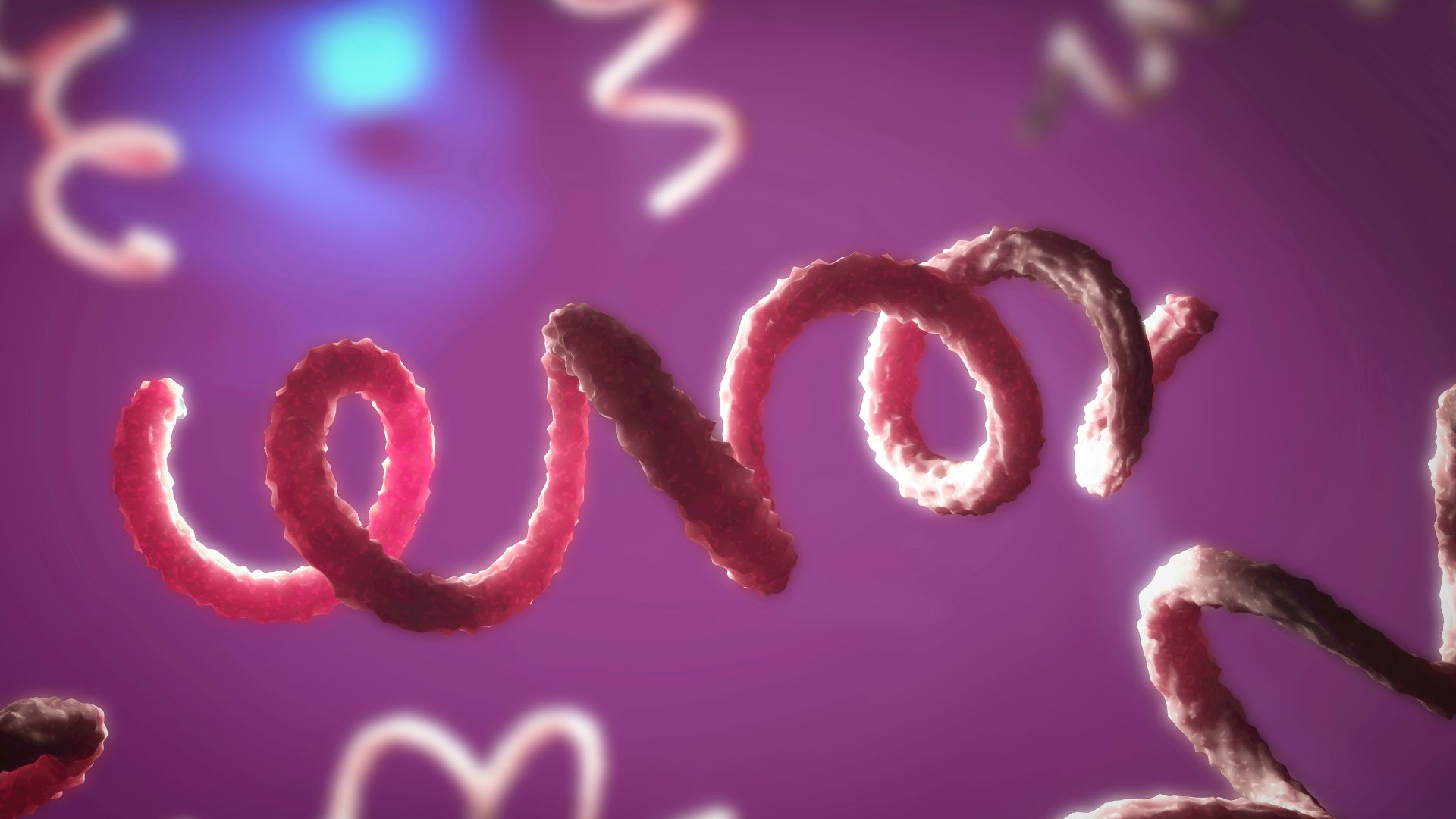Syphilis cases soaring in the US, rising to highest peak since the 1950s
Cases of the STI syphilis are on the rise across all age groups and regions in the U.S., a CDC report based on data from 2018 to 2022 reveals.

Syphilis cases in the U.S. have surged to their highest levels since the 1950s, according to a Centers for Disease Control (CDC) report released Tuesday (Jan. 30).
The CDC has not yet published its 2023 data, but the latest report found that cases of this sexually transmitted infection (STI) rose by nearly 80% between 2018 and 2022, to more than 207,000 new cases in the latter year. That figure includes both syphilis transmitted via sex and congenital syphilis, which is passed from a pregnant person to a fetus through the placenta.
"The U.S. syphilis epidemic worsened yet another year, and swift action is urgently needed to slow the curve," Dr. Laura Bachmann, acting director of the CDC's Division of STD Prevention, said in a statement included in the new report.
Rates of the most infectious stages of syphilis — called primary and secondary — rose in all age groups and in all regions across the country. But rates were particularly high in specific racial and ethnic minority groups — namely, among American Indian and Alaska Native peoples.
Compared with other portions of the population, these groups also experienced the highest rates of congenital syphilis in 2022, with 1 in every 155 births affected.
In terms of sheer, overall numbers, Black and Hispanic communities saw the highest numbers of cases of congenital syphilis cases in 2022.
Get the world’s most fascinating discoveries delivered straight to your inbox.
"As disparities persist among some groups, it is evident that our nation must keep striving to address longstanding social inequalities that often lead to health inequalities and, ultimately, health disparities," Bachmann said in the statement.
More than 3,700 cases of congenital syphilis were reported in newborns in 2022 — that's a more than 30% rise from 2021 and a 937% increase over the past decade, according to the report.
That same year, populations in Texas, California, Arizona, Florida and Louisiana represented 57% of all the reported congenital syphilis cases. Nationwide, the disease resulted in 282 stillbirths and infant deaths, according to the report.
The rise in syphilis cases has likely been fueled by several factors, including reduced condom use and substance abuse, which "has been linked to less safe sexual practices," Jonathan Mermin, the director of the CDC’s National Center for HIV, viral hepatitis, sexually transmitted diseases and tuberculosis prevention, told The Washington Post.
While the CDC is still investigating other reasons for the syphilis spike, the report cited the COVID-19 pandemic as a potential contributing factor, in that it pulled focus away from the nation's monitoring of and response to STIs. Now, public health experts are urging governments and health centers to ramp up syphilis prevention efforts, in part by bringing services directly to patients who may face barriers to care.
"It's so simple to identify this and treat it," Dr. Natalie Neu, a pediatric infectious disease expert at Columbia University Irving Medical Center, who is unaffiliated with the CDC study, told USA Today. "If we can remove this stigma that surrounds sexually transmitted infections and evaluate people and treat them in a nonjudgmental, nonthreatening environment, we'll do better for women and babies."
Syphilis can be cured with antibiotics, and congenital syphilis can be prevented if the infected pregnant person is diagnosed and treated promptly. Babies born with syphilis can also be cured with antibiotics.
This article is for informational purposes only and is not meant to offer medical advice.

Kiley Price is a former Live Science staff writer based in New York City. Her work has appeared in National Geographic, Slate, Mongabay and more. She holds a bachelor's degree from Wake Forest University, where she studied biology and journalism, and has a master's degree from New York University's Science, Health and Environmental Reporting Program.
 Live Science Plus
Live Science Plus





